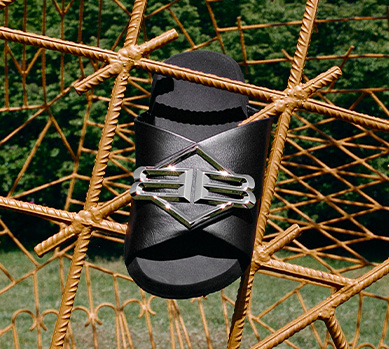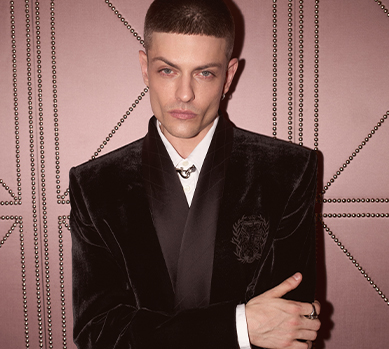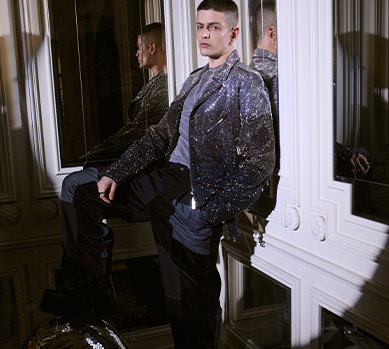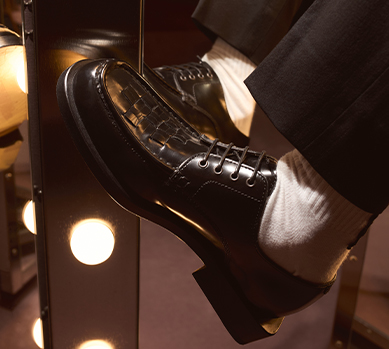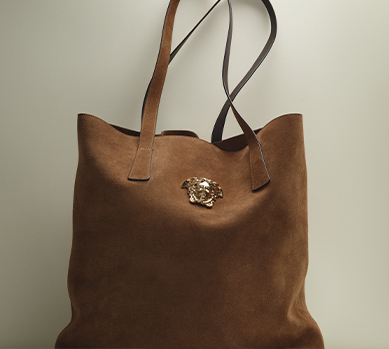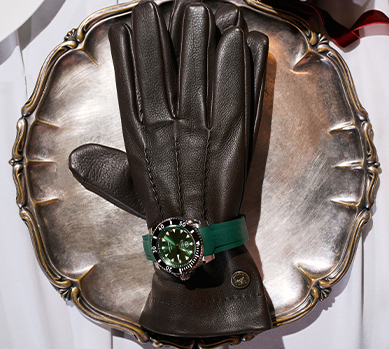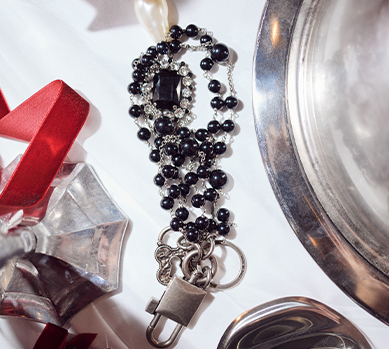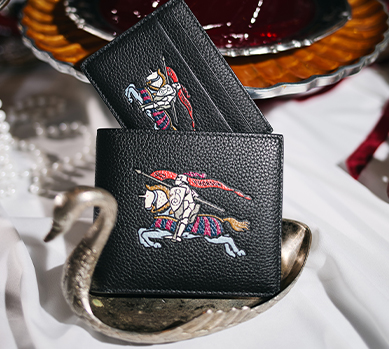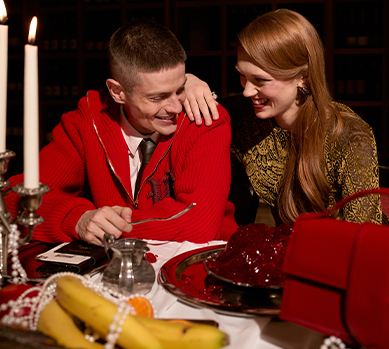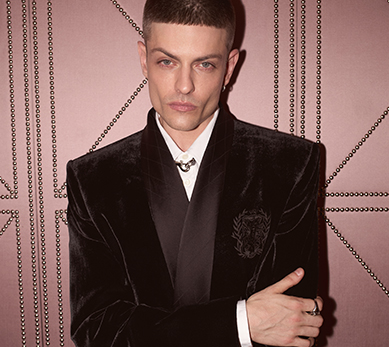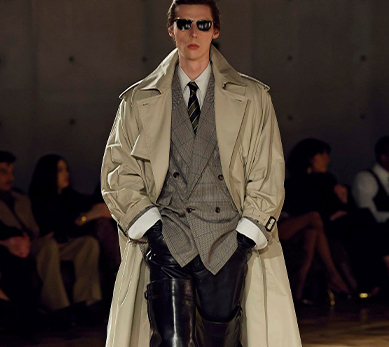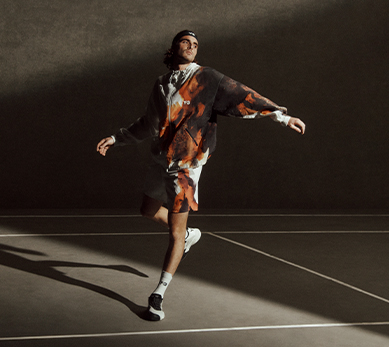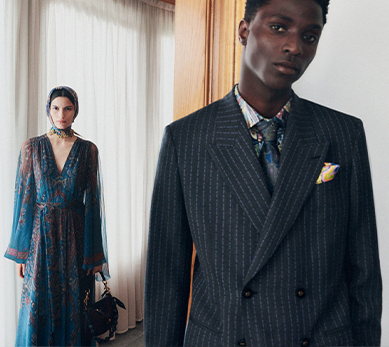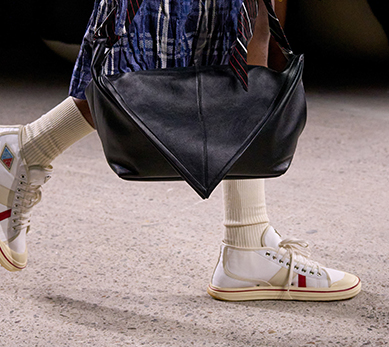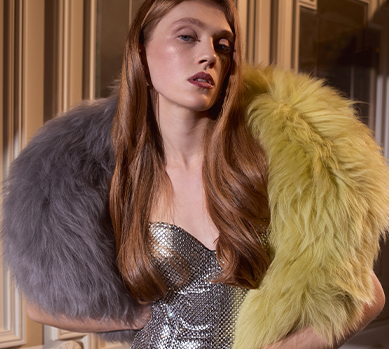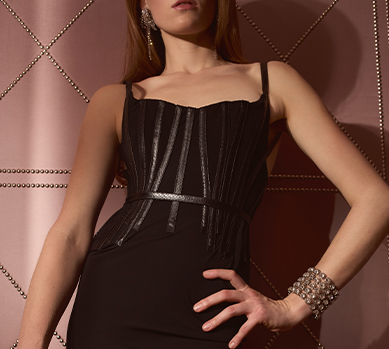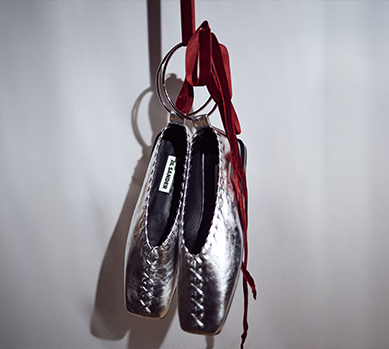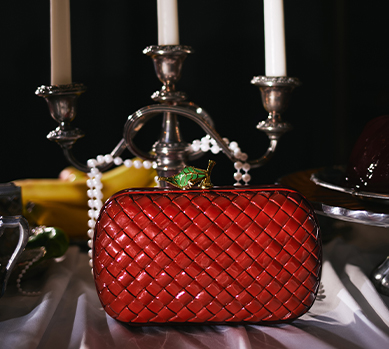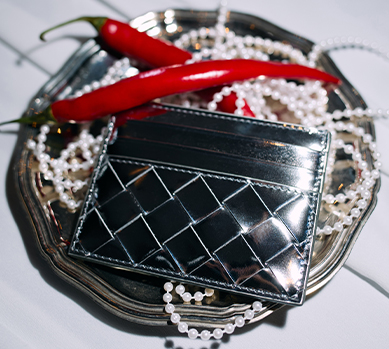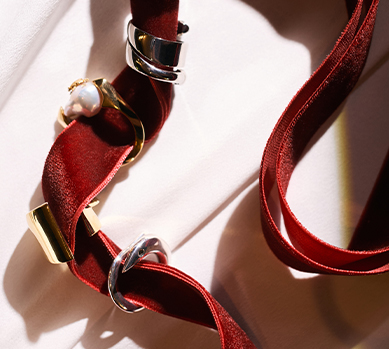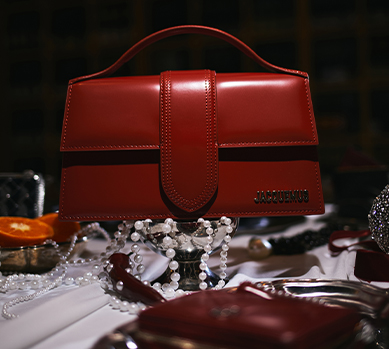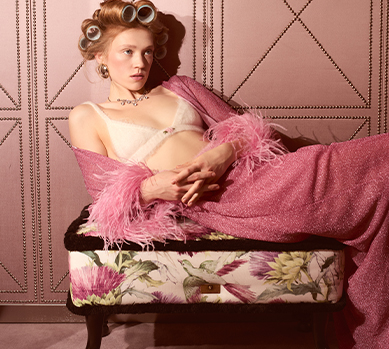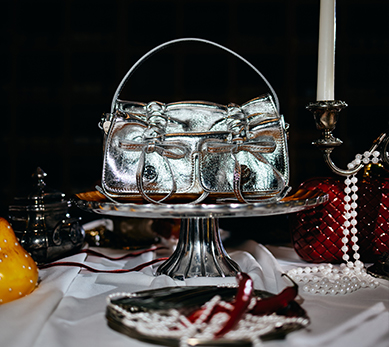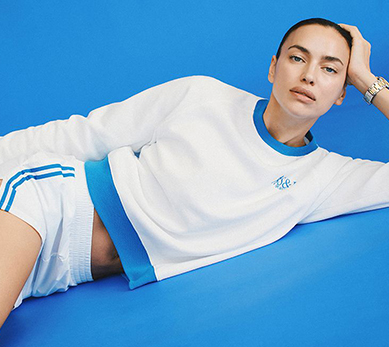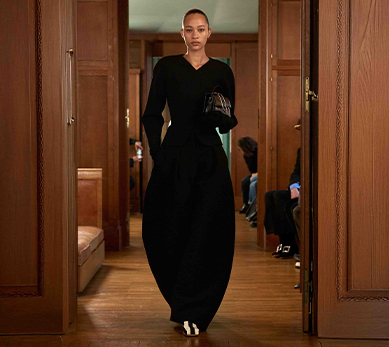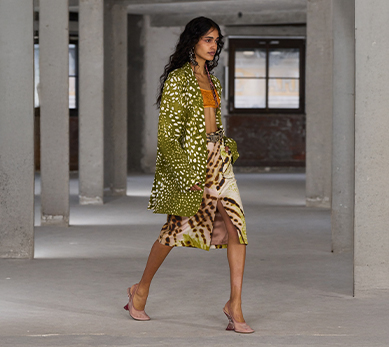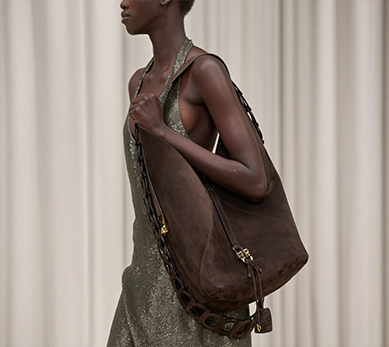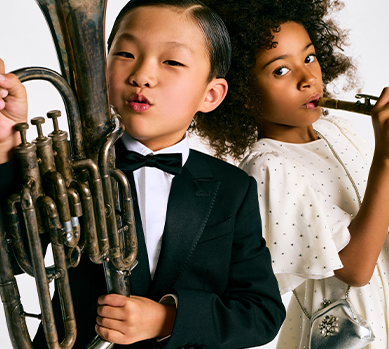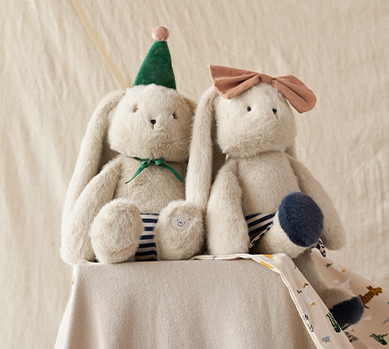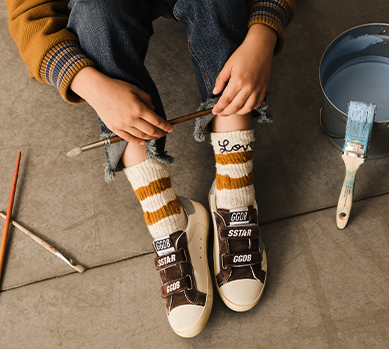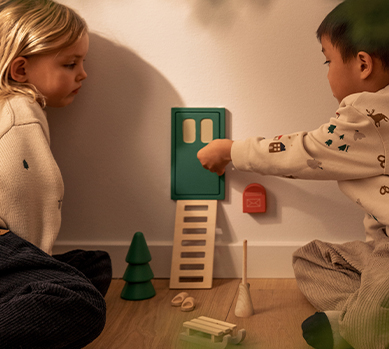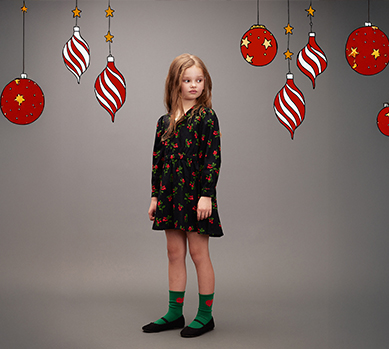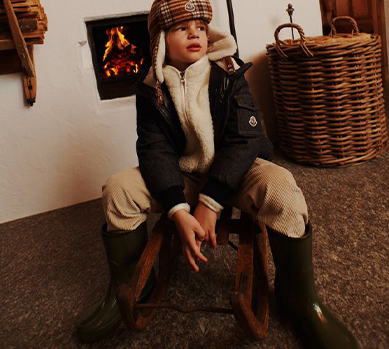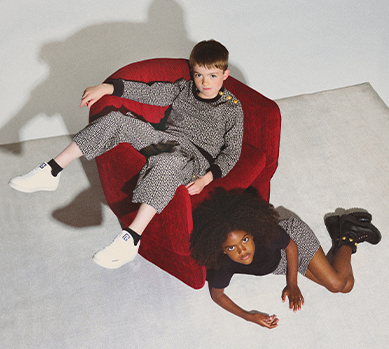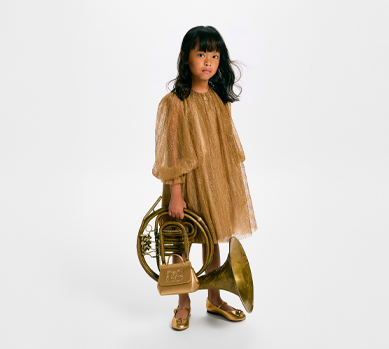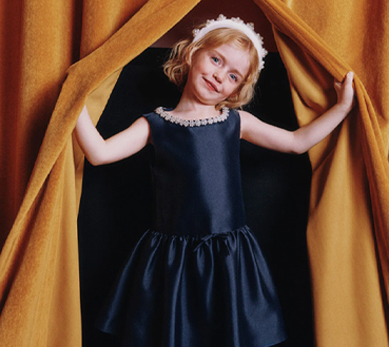Smart Casual: What It Means and How to Wear It
Fashion

Smart casual blends elegance with comfort. Learn how to build a polished outfit suitable for work, social events and everyday situations.
Anyone with even a slight interest in fashion knows how difficult it can be to decipher dress codes. In a jungle of terms like "business formal" or "black tie," one concept seems particularly ubiquitous, yet elusive: smart casual. What exactly is this style, and how do you wear it to look elegant without being overly formal? Let's delve into this topic together, uncovering the secrets of sophisticated ease.
What is Smart Casual?
The smart casual style occupies a fascinating space between rigid formality and complete nonchalance. It can be described as the skillful combination of formal and everyday elements, creating a cohesive, thoughtful, and above all, comfortable look. It's the art of looking like you put effort into your outfit, but without giving the impression that you spent long hours on it. Think of it as a bridge connecting two distant shores: the world of suits and ties with the world of jeans and t-shirts. However, this is not a random mix; the key is harmony and good judgment.
The history of this style, though not written down in a single volume, dates back to a time when rigid corporate norms began to give way to a more flexible approach to work and life. There was a need for something that would maintain professionalism without sacrificing individuality and comfort. Smart casual perfectly answers this need, offering a wide field for interpretation, which makes it both exciting and, at times... a bit tricky.
Key Principles of Smart Casual Style
To navigate the world of smart casual effectively, it's worth adopting a few fundamental principles. They form the canvas on which you can weave your own unique outfits.
First, quality. It's better to have fewer items in your closet, but made from excellent materials and carefully tailored. A well-cut wool blazer or a men's cashmere sweater will last for years, always adding a touch of class. Second, fit is absolutely crucial. Even the most expensive piece of clothing will look unflattering if it's too big, too small, too tight, or baggy. Clothes should flatter your figure without restricting movement. It's often the perfect fit that distinguishes a well-thought-out outfit from a random one.
Another principle is skillful balance. If you opt for more casual bottoms, like dark, straight-leg jeans, the top should be more elegant—a blazer, a well-fitted shirt. And vice versa: elegant chino pants can be paired with a high-quality polo shirt or a thin sweater. It's a bit like diplomacy—the art of compromise.
Don't forget the details. Clean, well-maintained footwear, discreet jewelry, and a well-chosen belt are often what "make" the entire outfit. After all, it's the details that show our attention to our image, right? It's also important to remember your overall presentation: clothes should be ironed and the entire look should be neat.
Smart Casual for Women
For women, smart casual opens up a world of possibilities. It’s a style that allows you to feel confident and feminine while maintaining a professional ease. The foundation can be well-tailored women's pants—cigarette pants, culottes, or even elegant, dark-wash jeans without any distressing. These pair perfectly with silk blouses, shirts with interesting cuts, or fitted fine-knit sweaters. A blazer, whether classic or a more modern style, is almost essential here. It can be paired with pants as well as a pencil skirt or a simple-cut dress.
Footwear in women's smart casual offers a wide range of choices: from elegant loafers and stylish low-heeled booties to pumps—though perhaps not the highest stilettos, which are reserved for evening events. The important thing is that they are comfortable and made of high-quality materials. Your handbag? It should be structured, medium-sized; avoid beachy tote bags or sporty backpacks. Jewelry can be expressive but not overwhelming—a subtle necklace, elegant earrings. Think of it as creating a harmonious composition where every element complements the others.
Smart Casual for Men
Men's smart casual is primarily about skillfully stepping away from a full suit without losing elegance. Men's chino pants in neutral colors (beige, navy, gray) are an absolute classic. An alternative can be dark, well-fitted jeans for men. Pair them with a shirt—long or short-sleeved, solid, or with a discreet stripe or check pattern. The collar can be a classic button-down, or even a Cuban collar in the summer. On colder days, a thin merino wool or cashmere sweater, worn directly against the skin or over a shirt, works perfectly.
A sport coat or blazer is the quintessence of men's smart casual. It can be made of wool, cotton, linen, or even corduroy. The important thing is that it is well-fitted and differs from a suit jacket—it might have a more relaxed cut or patch pockets. Does a polo shirt always work? Yes, provided it's made of good quality material, fits well, and is paired with more elegant elements, like chinos and leather loafers. Men's footwear is another important aspect: loafers, brogues, monk straps, or even minimalist leather sneakers in immaculate condition. The belt should match the color of the shoes.
Colors and Patterns in Smart Casual Style
The color palette for smart casual is rather subdued, which doesn't mean it's boring. The base consists of neutral colors: navy, various shades of gray, beige, white, black, and brown. They are an excellent backdrop for more expressive accents. You can boldly introduce seasonal colors—like bottle green, burgundy, or mustard—but preferably in the form of a single garment or accessory. It's a bit like painting: a neutral background allows the main motif to stand out.
Patterns are definitely acceptable, as long as they don't dominate the entire outfit. Subtle stripes, small checks (like gingham or windowpane), houndstooth, and herringbone all fit perfectly into the smart casual aesthetic. It's best to avoid loud, large prints or logos that can disrupt the harmony of the outfit. A pattern can appear on a shirt, blazer, scarf, or pocket square, adding character to the overall look. Isn't this an interesting way to express your personality while staying within the bounds of good taste?
The Most Common Smart Casual Mistakes and How to Avoid Them
The line between smart casual and an outfit that is too casual or too formal can be thin. What are the most common pitfalls? First and foremost, being too casual: worn-out jeans with holes, t-shirts with large prints, athletic sneakers meant for the gym, or flip-flops. These are elements that definitely fall outside the scope of this style. On the other hand, a full men's suit with a tie is already a step towards business formal, unless the context of the event clearly indicates it.
Another common mistake is ill-fitting clothes. Loose, baggy styles take away from the elegance, while clothes that are too tight can look unprofessional and be simply uncomfortable. Neglected details, such as a wrinkled shirt, dirty shoes, or loose threads, also ruin the whole effect. Remember, smart casual is all about "polished ease." It's also wise to be careful with an excess of accessories—sometimes less is more. Isn't it better to opt for one, but expressive, accent piece?
Smart Casual for Different Situations
The versatility of smart casual makes it suitable for many different contexts. At work, especially in creative industries or companies with a less strict dress code, it is the ideal solution. It allows you to feel comfortable while looking professional. Even in more traditional offices, "Casual Friday" often means smart casual.
For social gatherings, such as dinner at a restaurant, a party at a friend's house, or a trip to the theater, this style will also be appropriate. You can then allow yourself a little more freedom, for example, with a bolder color or a more interesting pattern. Weekend outings that require a touch of elegance—such as a visit to an art gallery or brunch at a trendy spot—are also perfect opportunities to present yourself in a smart casual style. The key is always to read the atmosphere of the place and the nature of the event, adjusting the level of formality of your outfit accordingly. It's a bit like pairing wine with food—the right combination enhances the experience.
How to Build a Smart Casual Wardrobe
Building a smart casual wardrobe doesn't have to mean a revolution and replacing your entire closet. It's more of an evolutionary process, based on thoughtful choices. It's worth starting with a solid foundation. For women, this could be a well-tailored blazer, a pair of elegant pants, a few quality blouses, and a classic little black dress (though it doesn't have to be black!). For men—a versatile blazer, a few pairs of chinos, and shirts in neutral colors.
Investing in good quality footwear and men's accessories is the next step. Leather loafers, elegant booties, a decent belt, a classic handbag—these items can transform even the simplest outfit. It's important to choose pieces that can be easily mixed and matched to create a variety of sets. This isn't a sprint, but rather a marathon in building your style. Over time, by adding more items, you can create a cohesive and functional wardrobe that will serve you for many seasons. Remember, it's about making conscious purchases, not accumulating random clothes.
Inspiration and Smart Casual Outfit Examples
When looking for inspiration, it's worth observing people with impeccable taste, browsing fashion magazines or websites, but always adapting trends to your own figure and personality.
For women, an example could be pairing navy cigarette pants with a white silk shirt, with a beige trench coat thrown over it. Add leather loafers and a structured satchel. Another option is a pencil skirt in a subtle plaid, a thin cashmere sweater in a bottle green color, and booties on a stable heel. The look is completed with delicate jewelry.
For men, a classic ensemble is beige chinos, a light blue Oxford shirt, a navy blazer, and brown brogues. A pocket square with a discreet pattern will add character. Alternatively, dark jeans without distressing, a high-quality white polo shirt, a herringbone sport coat, and leather sneakers. This shows that you can create something special even from seemingly simple elements. Isn't that proof of the power of classics combined with a modern approach?
Summary and Key Takeaways
Smart casual is more than just a way of dressing. It's a philosophy that combines elegance with comfort, professionalism with individuality. The key is to find the right balance, skillfully navigating between formality and ease. Remember quality, fit, and attention to detail. Don't be afraid to experiment, but always within the bounds of good taste.
Ultimately, smart casual is a way to express yourself with class, without unnecessary stiffness. It's an attire in which you can feel confident in a variety of situations—from a business meeting to an evening out with friends. Building such a wardrobe is an investment in yourself and your image. Isn't it worth paying a little attention to it, just to feel well-dressed every day?

